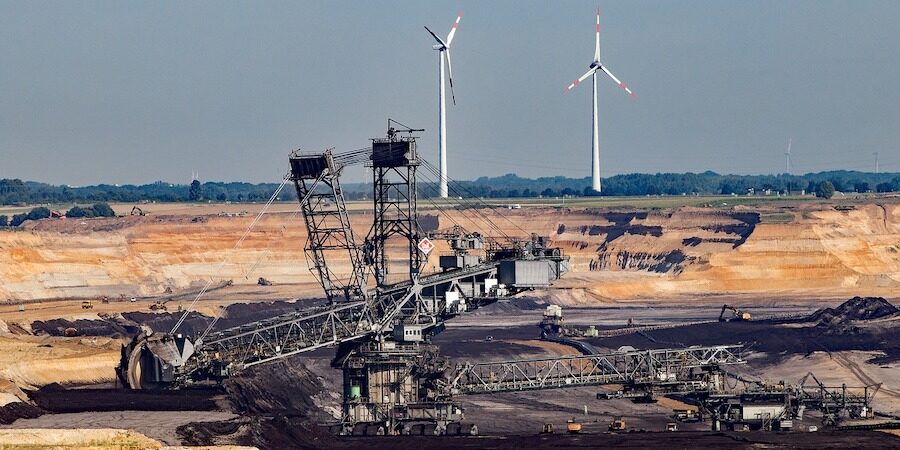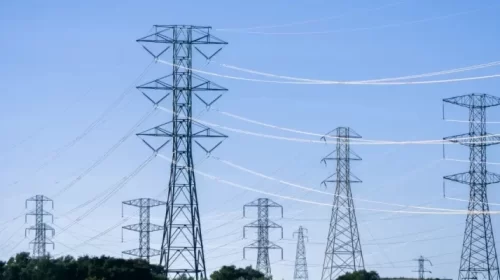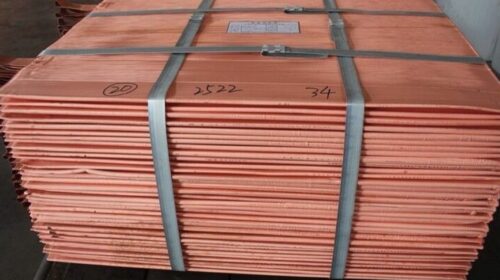A new method to monitor soil stability at open-cast mines from space
Researchers from Germany and China are using data from the Sentinel 1 mission of the European Union’s Copernicus Earth observation program to monitor soil stability at open-cast mines.
In a study published in the International Journal of Applied Earth Observation and Geoinformation, the scientists explain that they used a special radar method, the Synthetic Aperture Radar Interferometry (InSAR), to investigate lignite regions in North Rhine-Westphalia in Germany.
The InSAR method in itself is not new and is used in many places to detect ground deformations, whether after earthquakes or subsidence due to the overexploitation of underground water reservoirs. However, the method has one disadvantage: InSAR satellites such as ERS or ENVISAT only record a certain region on average once a month or less.
THE RESEARCHERS WERE ABLE TO INVESTIGATE HAZARDS IN VERY SPECIFIC MINING AREAS IN GERMANY ALMOST IN REAL-TIME AND IN GREAT DETAIL
But when the researchers combined the InSAR data with those provided by the Sentinel 1 mission, which has a six-day repeat time interval and small orbital tube, they were able to investigate hazards in very specific mining areas in Germany almost in real-time and in much greater detail in terms of time and space than before.
Mahdi Motagh, one of the authors of the study from the German Research Centre for Geosciences GFZ, explained that the mission is also able to provide a comprehensive overview of the situation in the mining industry.
“By combining the results of this new technology with other on-site measurements and high-resolution SAR systems such as the German TerraSAR-X, the geotechnical risk of open-cast mines could be assessed far more completely than before,” Motagh said in a media statement.
The work by Motagh and his colleagues showed that there is significant land subsidence in the open-cast mining areas of Hambach, Garzweiler and Inden. The reason for this is the compaction process of overburden over refilled areas with subsidence rates varying between 30-50 centimetres per year over those mining districts.
Satellite data also uncovered a significant horizontal shift of up to 12 centimetres per year at one mine face. Similarly, the former open-pits Fortuna-Garsdorf and Berghein in the eastern part of the Rhenish coalfields, which have already been reclaimed for agriculture, exhibit subsidence rates of up to 10 centimetres per year.
source: MINING.COM
![]()





